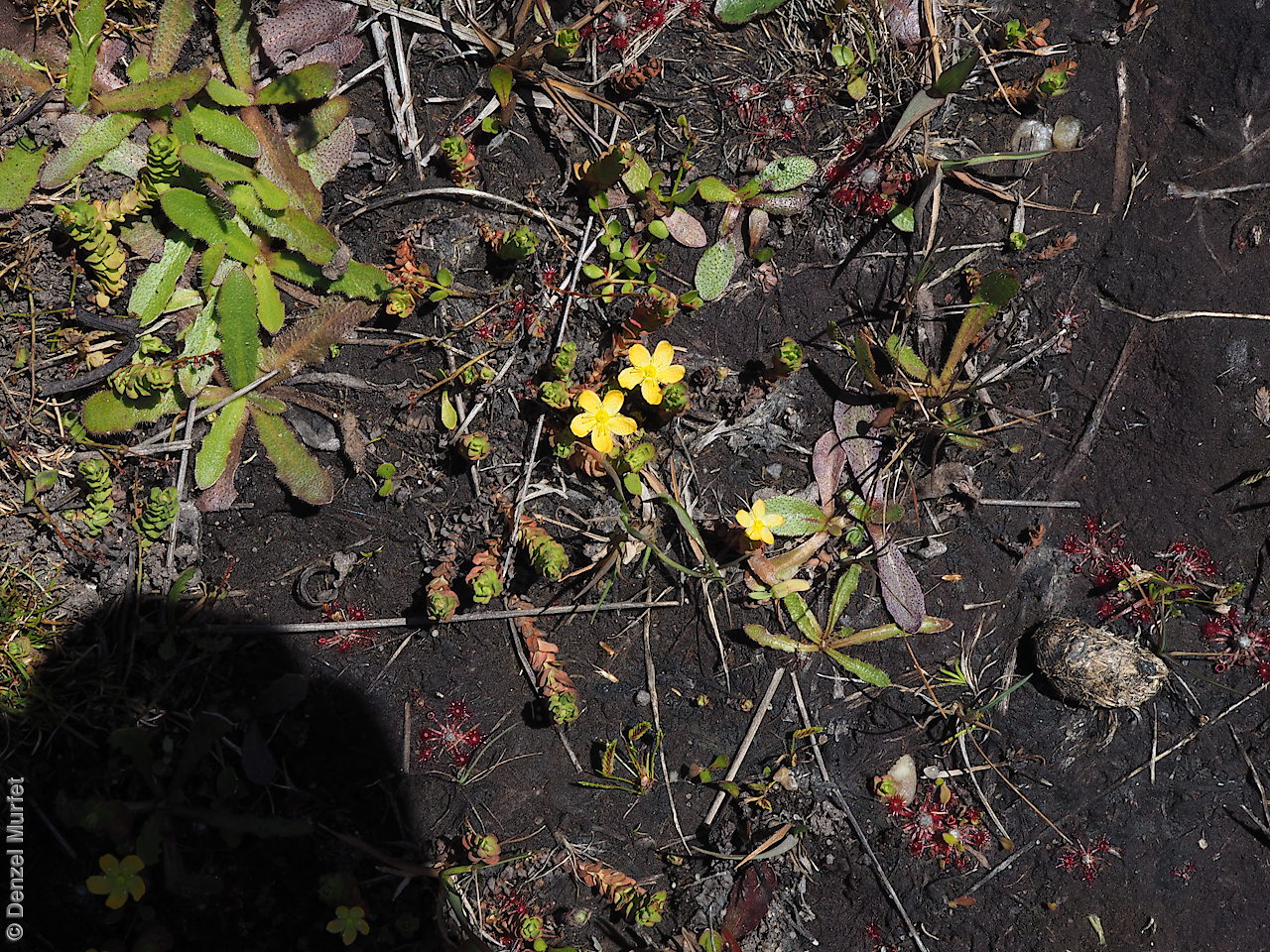

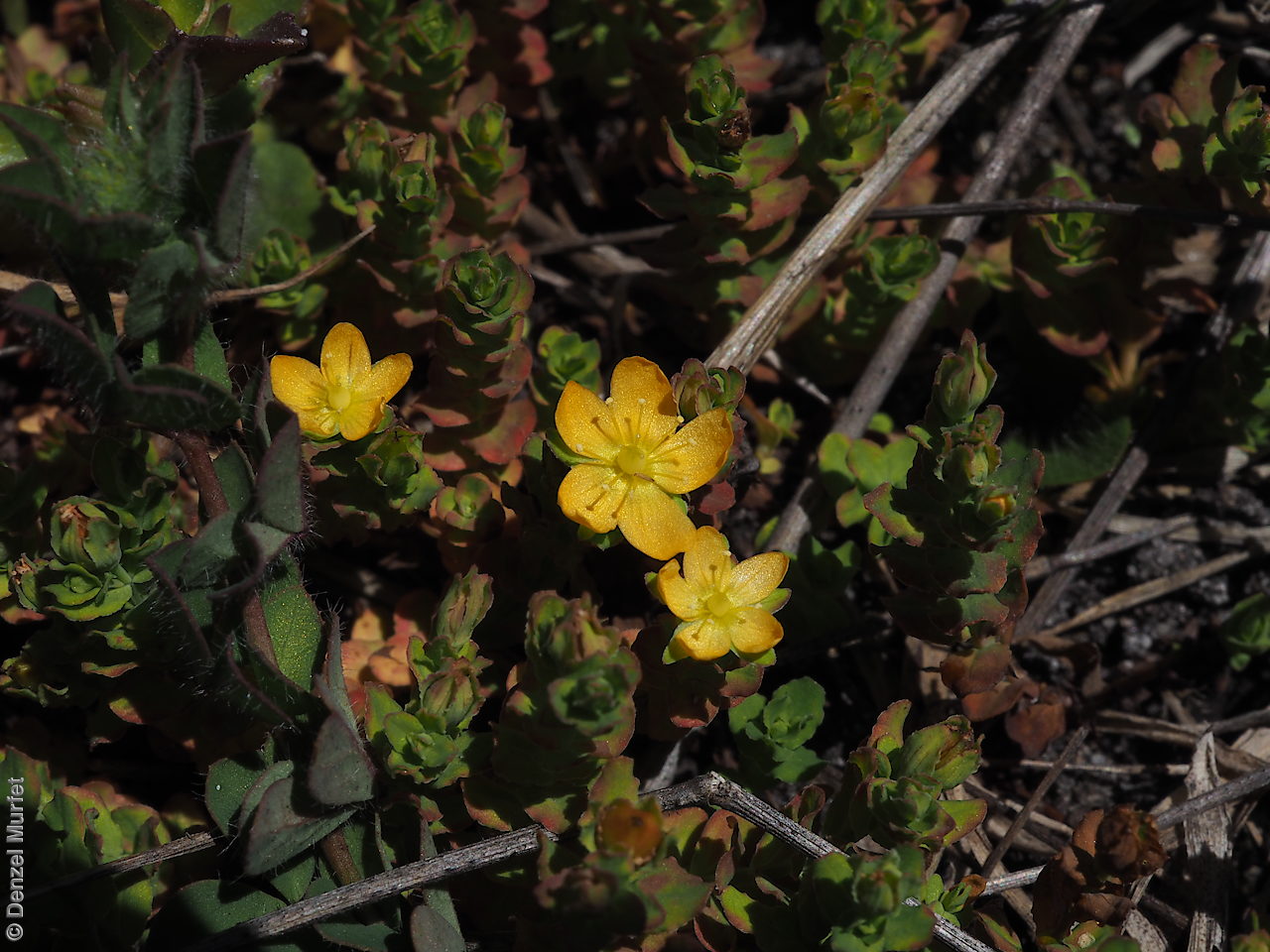
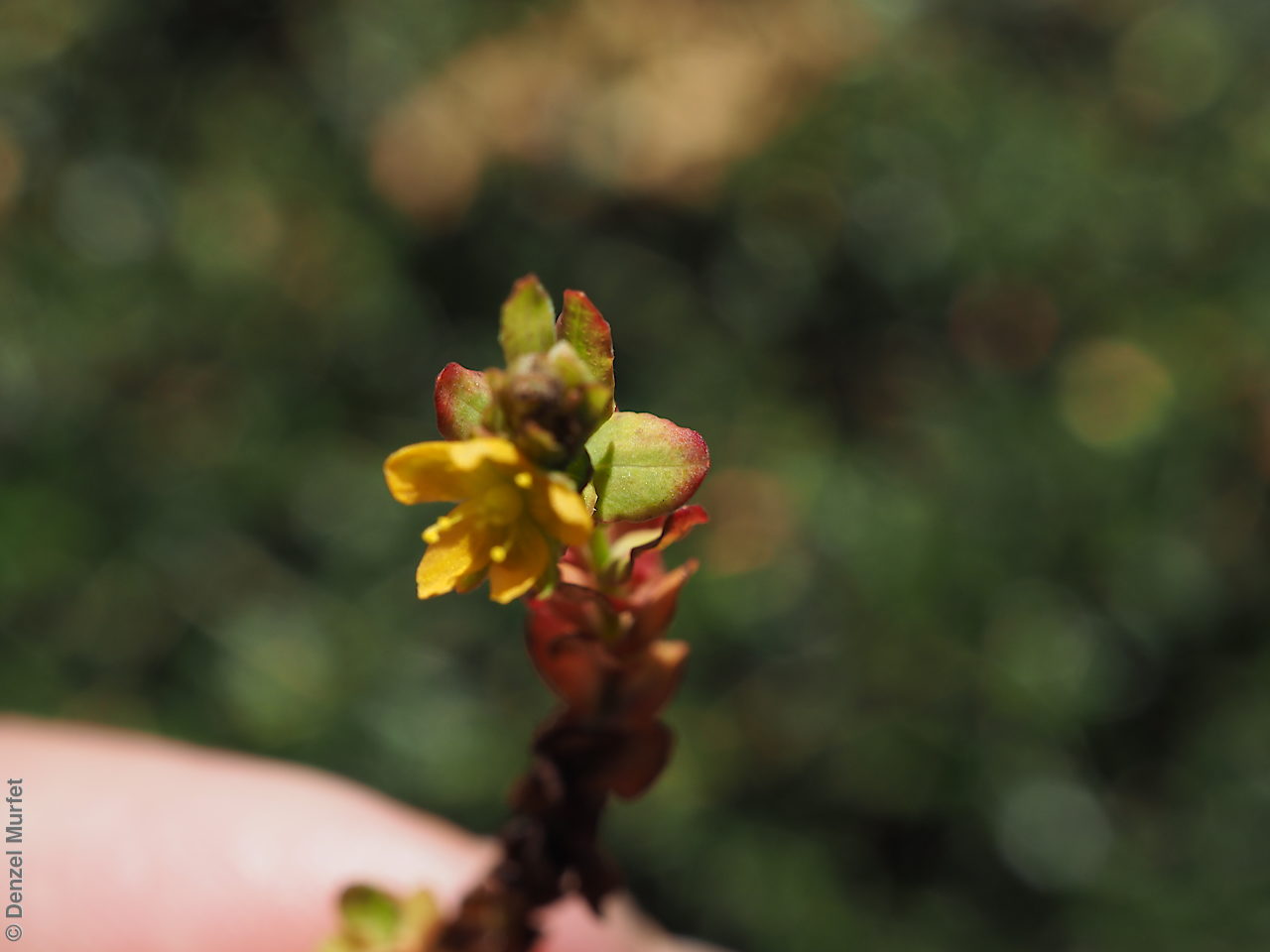

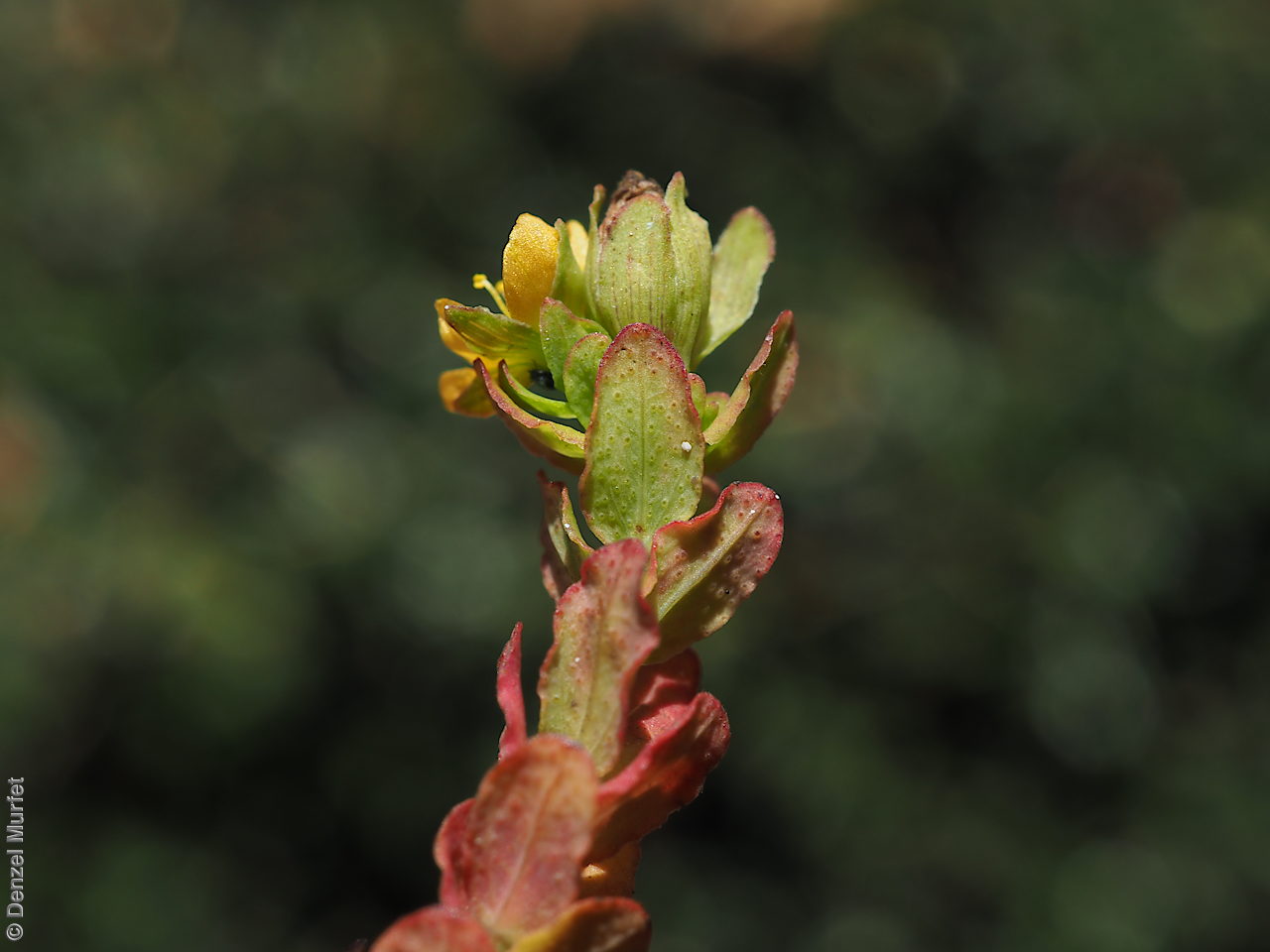
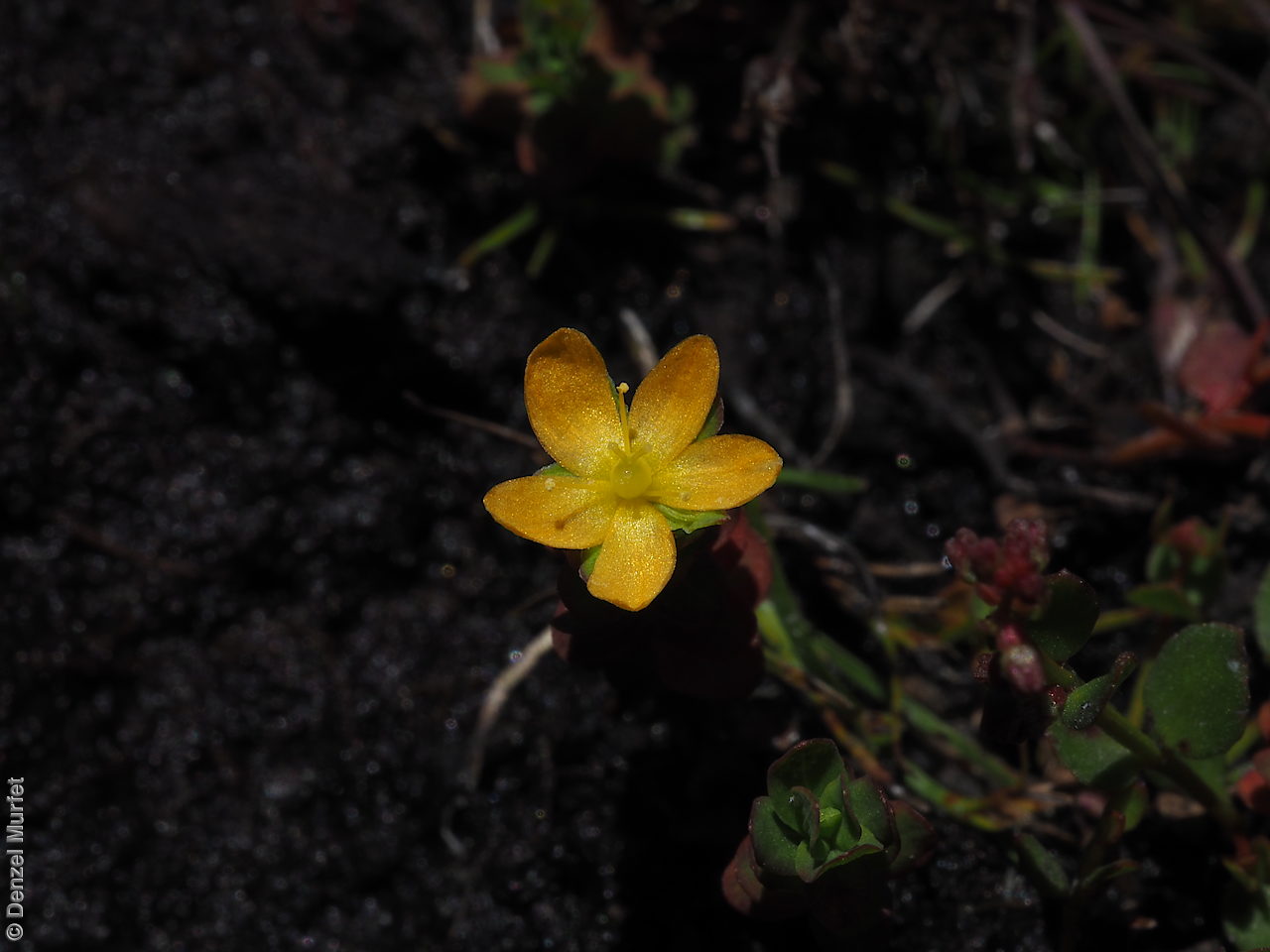
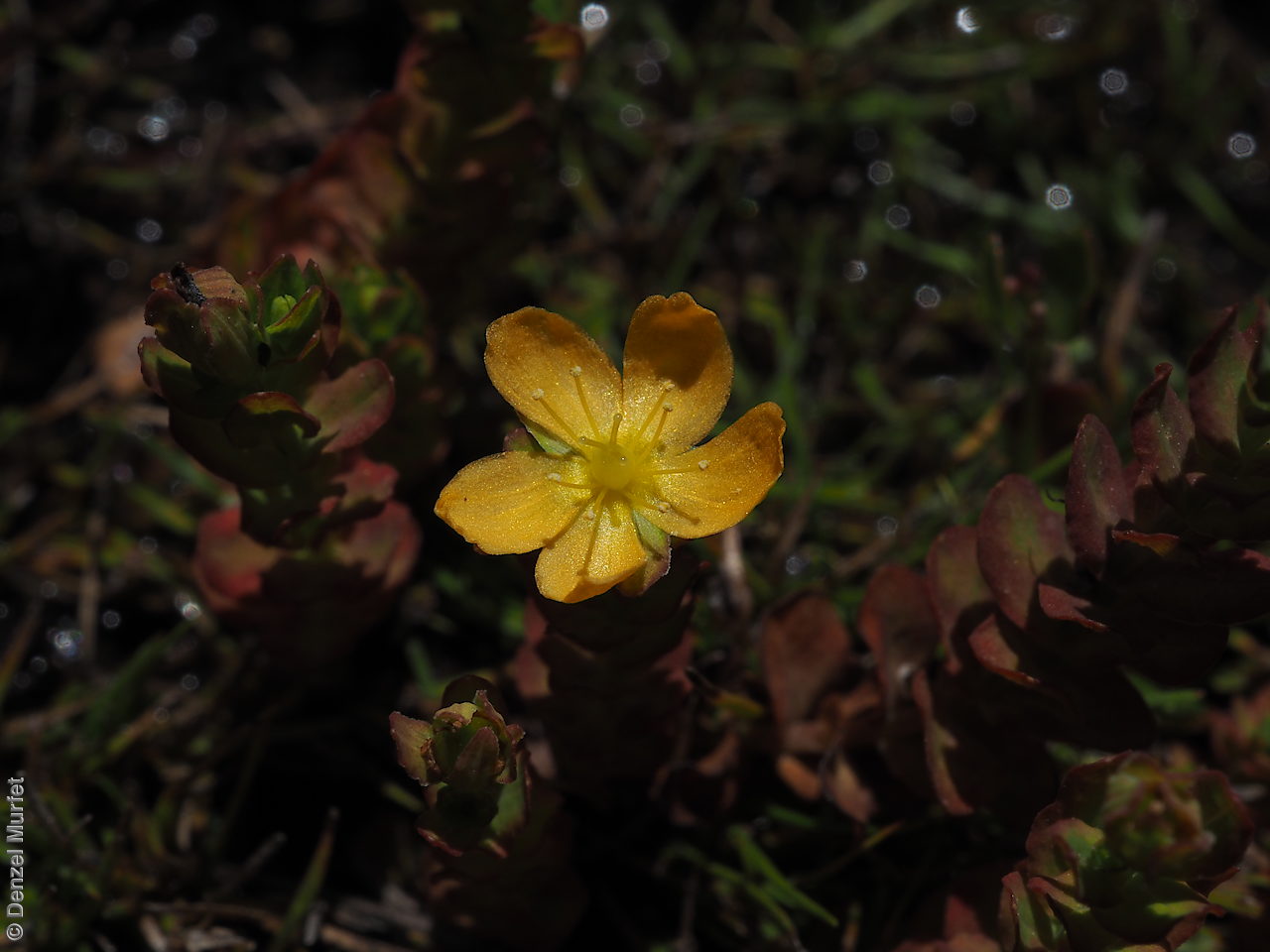
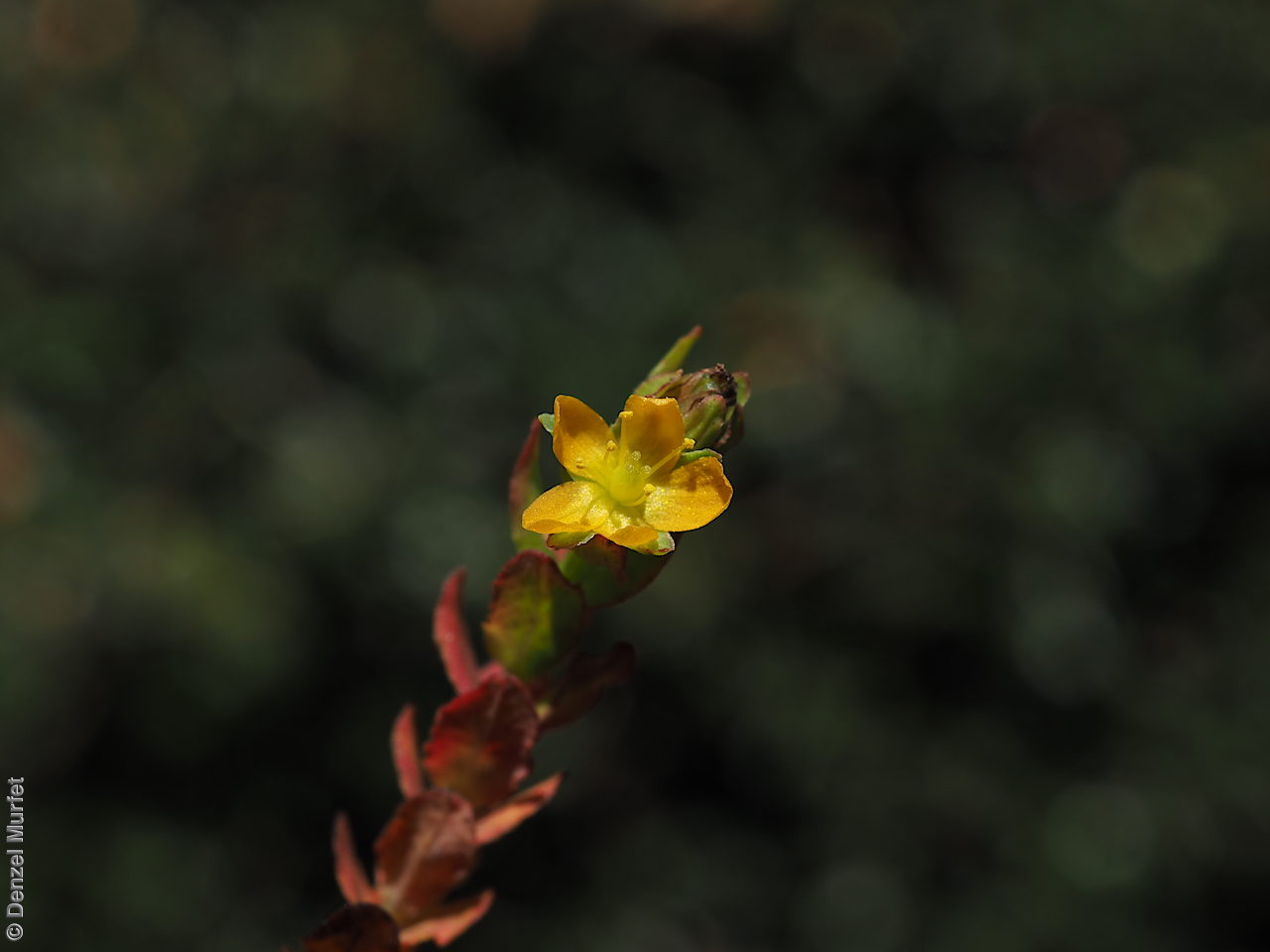
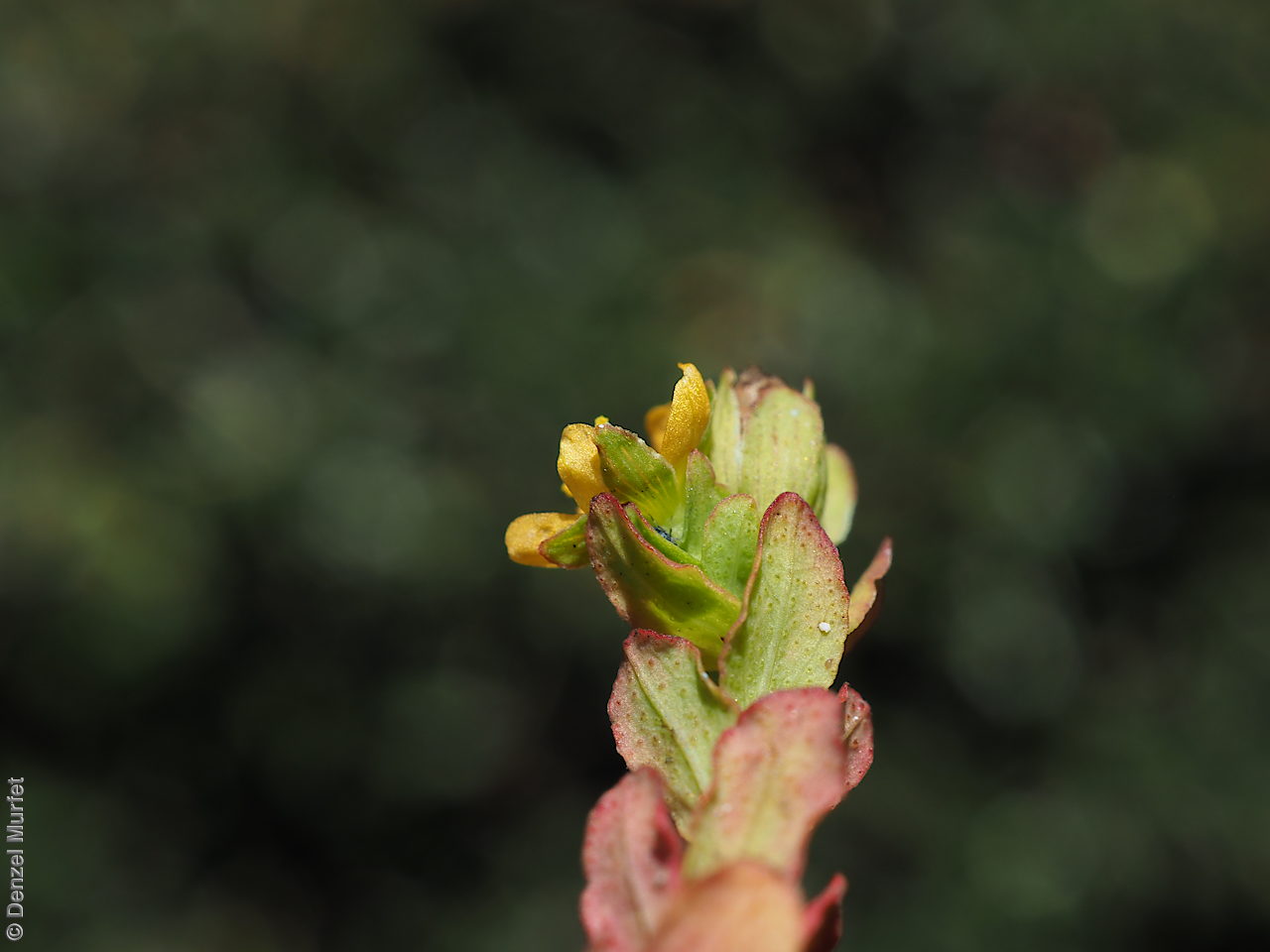
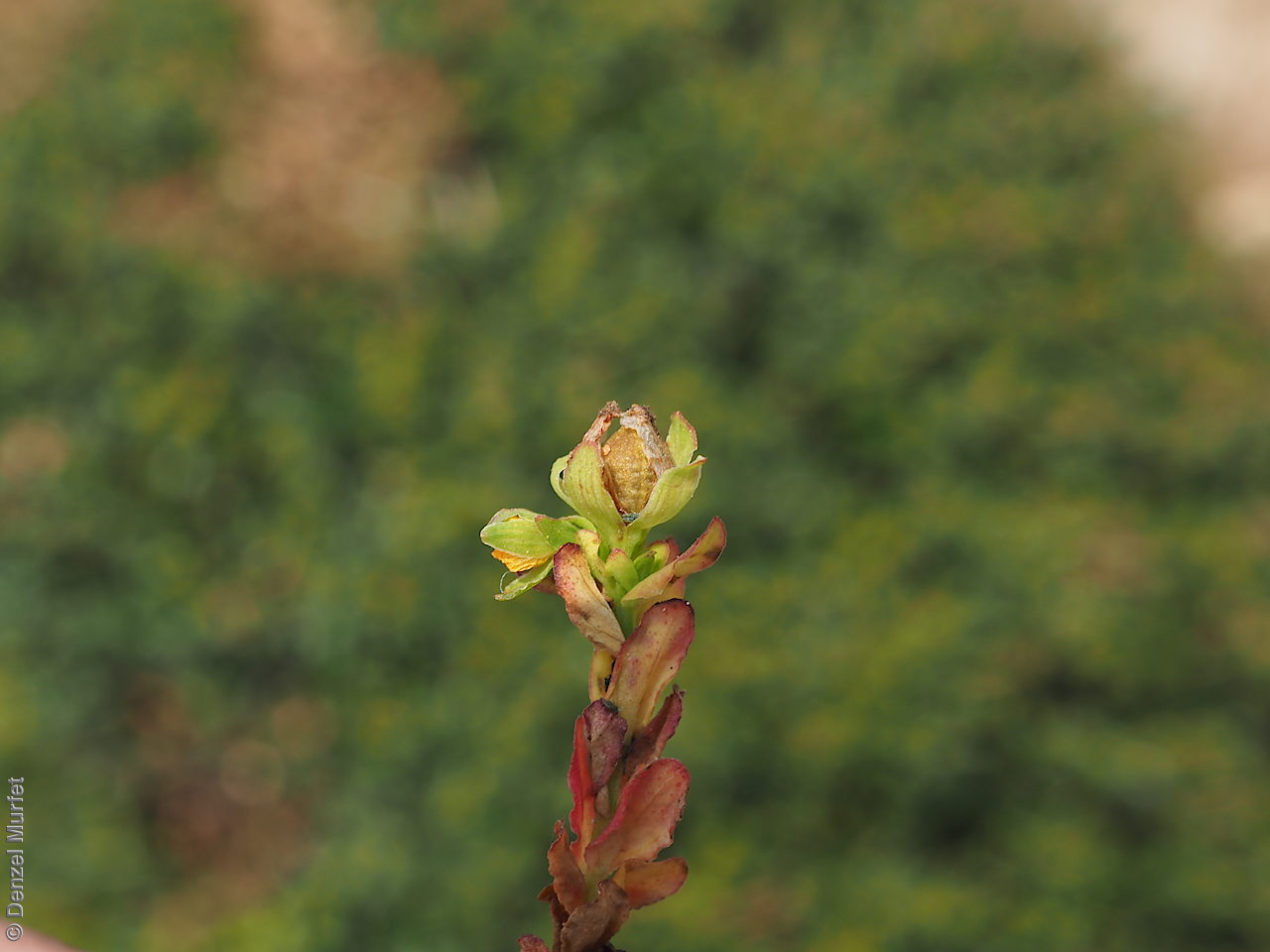
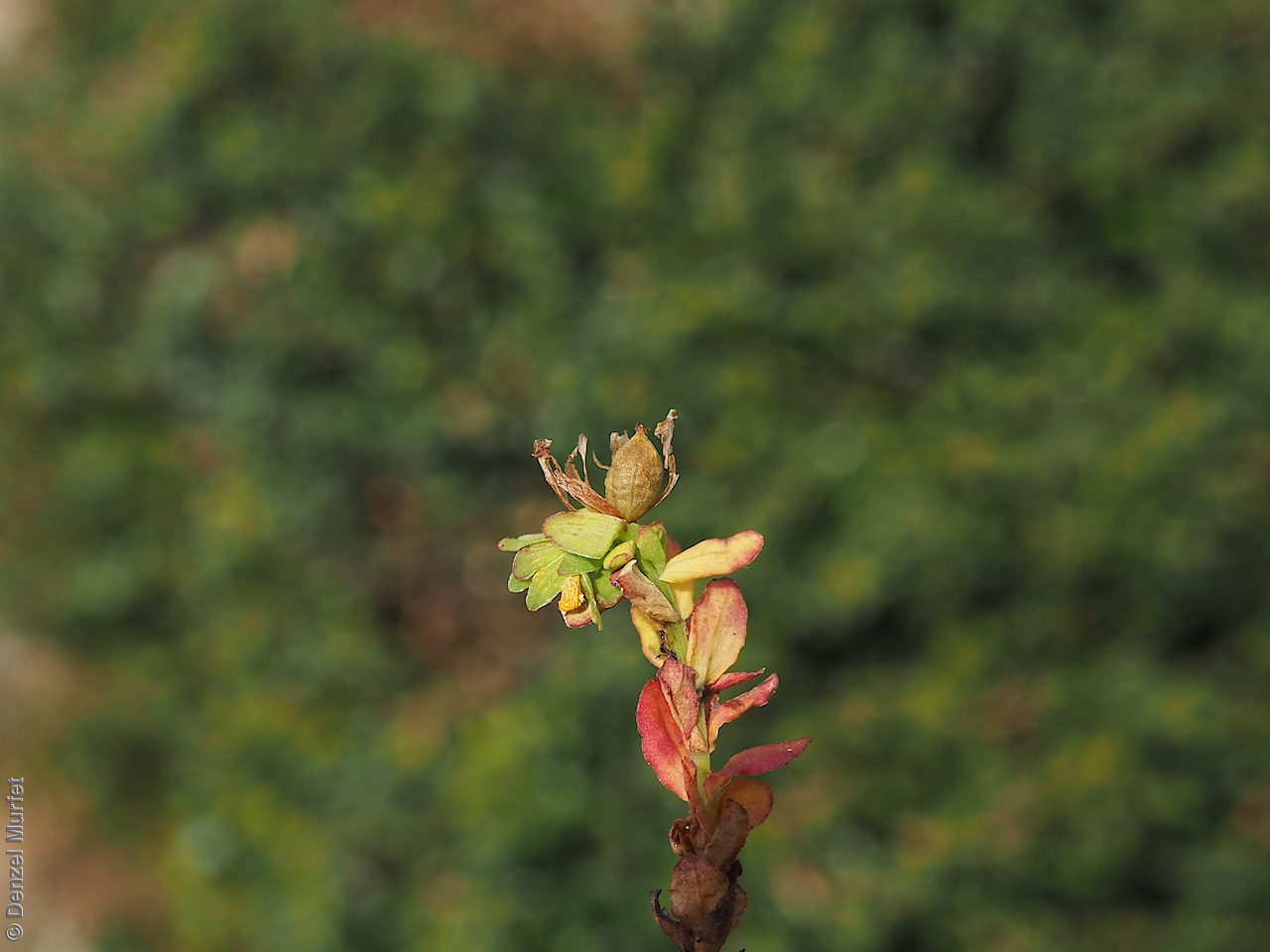
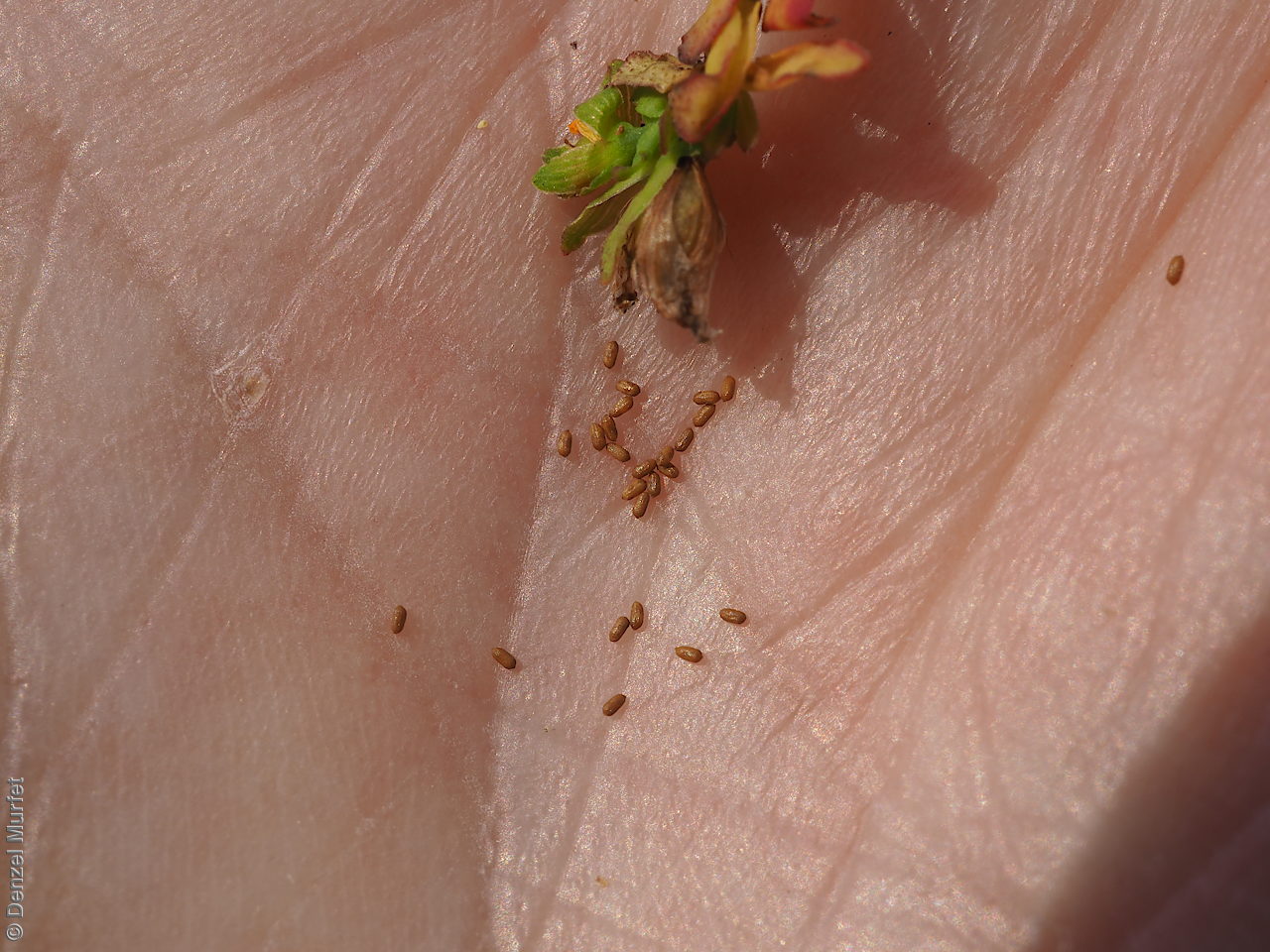
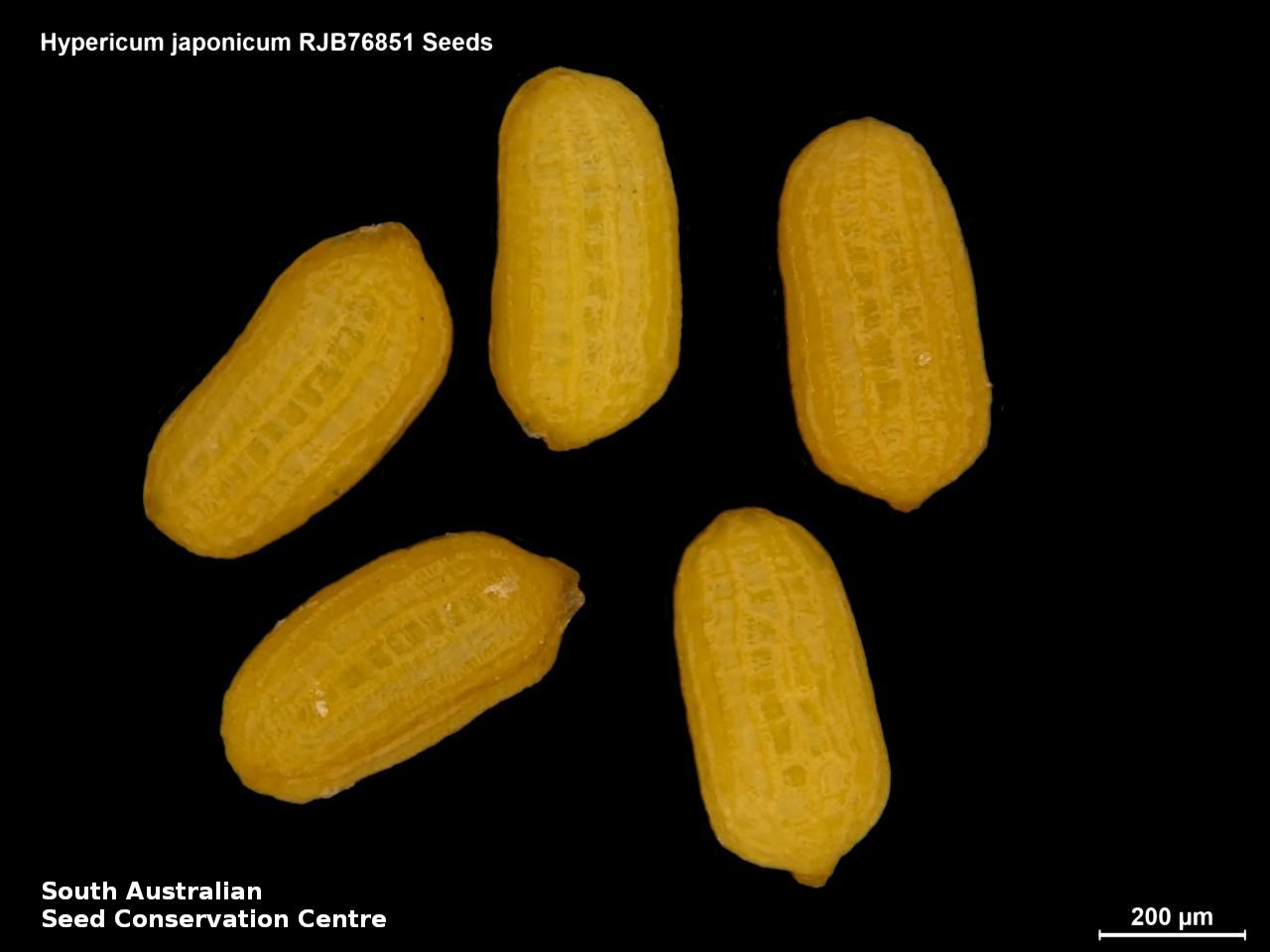

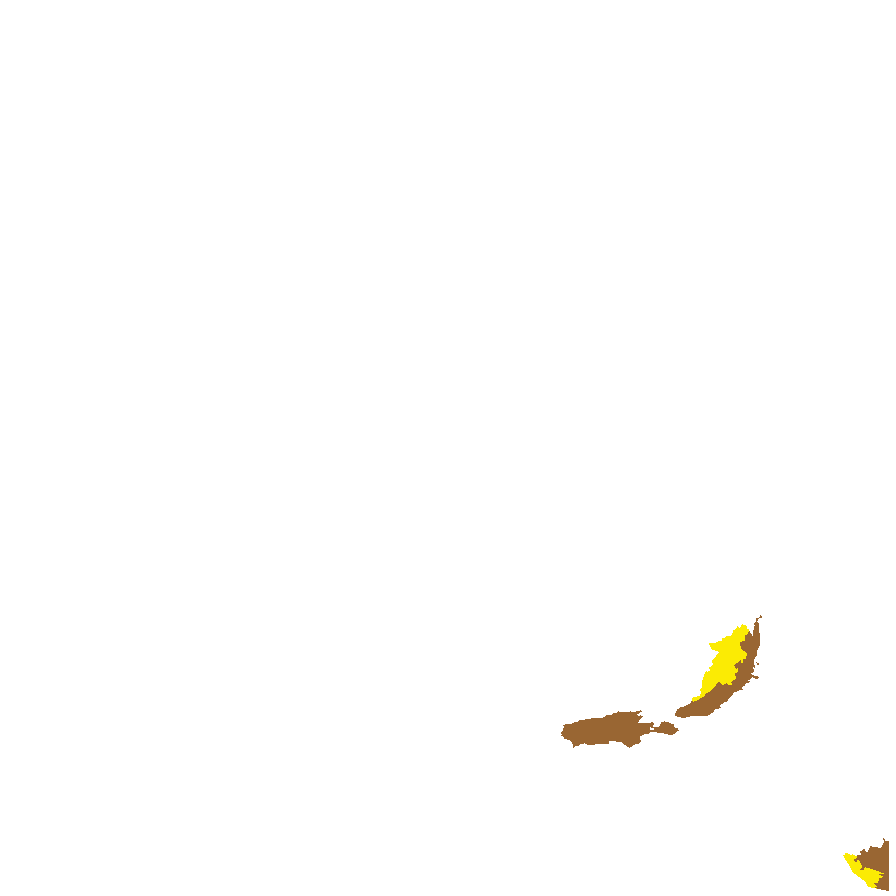
Botanical art
Etymology
Hypericum from the Greek 'hyper' meaning above and 'icon' meaning image; referring to plants from the genus being hung above religious figures to ward off evil spirits. Japonicum means of or from Japan; possibly referring to the location of the type specimen.
Distribution and status
Found on Kangaroo Island, southern Mount Lofty Ranges and the lower South-east in South Australia, growing in cool, moist, often shaded sites in swampy heathland. Also found in all states except the Northern Territory (and China, Japan, Indian subcontinent, Myanmar, Thailand, Laos, Vietnam, Malaysia, Indonesia, Philippines to New Guinea and New Zealand) Native. Uncommon in South Australia. Common in the other states.
Herbarium regions: Southern Lofty, Kangaroo Island, South Eastern, Green Adelaide
NRM regions: Adelaide and Mount Lofty Ranges, Kangaroo Island, South East
AVH map: SA distribution map (external link)
Plant description
Prostrate or procumbent, often mat-forming perennial herb, rarely more than 8 cm high, rooting from the lower nodes, stems with 4-ridges, internodes often shorter than leaves. Leaves elliptic to obovate, to 10 mm long and 5 mm wide, spreading from stems, margins not recurved (but often undulate). Flowers solitary and terminal or in reduced ckusters with yellow petals. Flowering between November and March. Fruits are brown, plump ovoid to ellipsoid capsule. Seeds are yellow oblong seed to 0.6 mm long and 0.3 mm wide, surface tuberculated.
Seed collection and propagation
Collect seeds between January and May. Collect maturing capsule those turning pale brown with brown seeds inside. Place the capsules in a tray and leave to dry for a week. Then rub the dried capsules gently by hand to dislodge the seeds. Use a sieve to separate the unwanted material. Be careful as the seeds are very small. Store the seeds with a desiccant such as dried silica beads or dry rice, in an air tight container in a cool and dry place. From two collections, the seed viability were average, ranging from 65% to 75%.
| Location | No. of seeds (weight grams) | Number of plants | Date collected | Collection number Collection location | Date stored | % Viability | Storage temperature |
|---|---|---|---|---|---|---|---|
| MSB | 19,600 (1.03 g) | 100+ | 19-Dec-2007 | TST308 Southern Lofty | 80% | ||
| BGA | 24,000 (0.96 g) | 100+ | 3-Jan-2008 | DJD1038 Southern Lofty | 19-Sep-2008 | 65% | +5°C, -18°C |
| BGA | 100,000 (2.12 g) | 10-Jan-2008 | RJB76851 Southern Lofty | 19-Sep-2008 | 75% | +5°C, -18°C | |
| BGA | 3,500 (0.18 g) | 50+ | 10-Dec-2009 | DJD1718 South Eastern | 1-Jun-2010 | 100% | -18°C |
Number of plants: This is the number of plants from which the seeds were collected.
Collection location: The Herbarium of South Australia's region name.
% Viability: Percentage of filled healthy seeds determined by a cut test or x-ray.